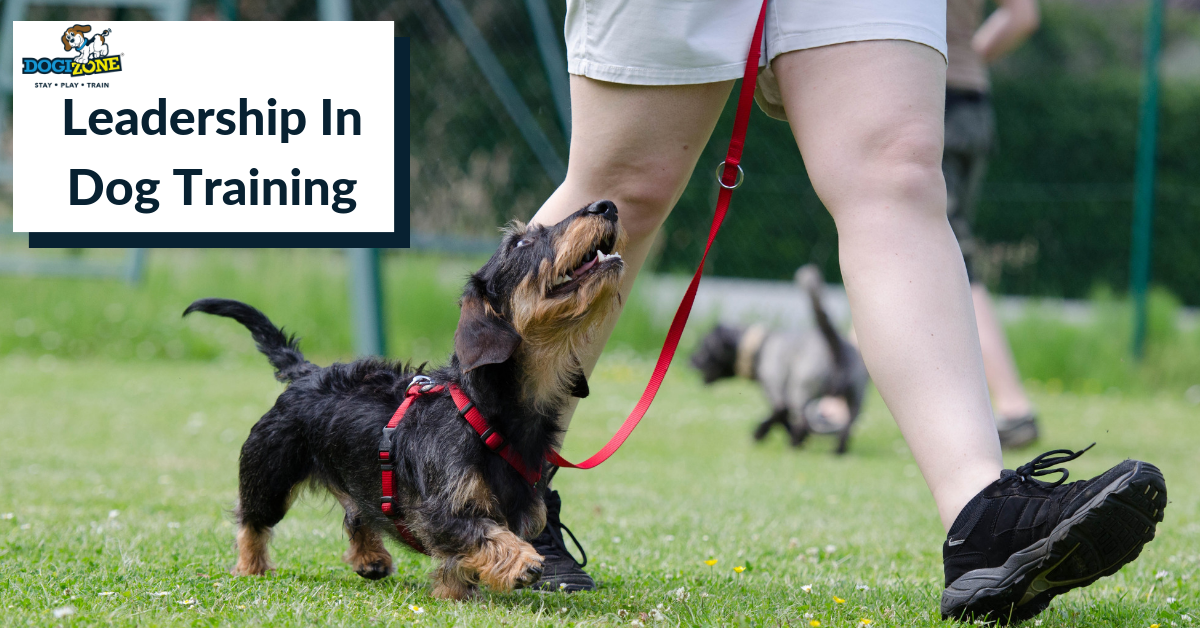Leadership in Dog Training

Leadership in dog training is very important. Most dog owners have heard a dog trainer, a friend that owns a dog, or even their vet talk about ensuring they are the pack leader in the eyes of their pet. This is sometimes called being the “alpha,” and it simply means being the person your dog sees as being in charge.
Leadership is Important
This is not a new concept, but it is often misunderstood. Being a pack leader is not about dominating your dog or forcing the dog to become submissive. In fact, these are not the behaviors of a good leader for any dog, and it can result in dogs that do not trust their humans or that are shy, fearful and timid.
A good leader is consistent, provides praise, and immediately responds if there is a breach in the social order. The response may be a correction (verbal command), a redirect (do something different) or a withdrawal of the leader’s attention. A good leader never yells, hits or punishes the dog; this only leads to confusion and fear.
Failing to become a leader in your dog’s eyes creates a problem for both the owner and the dog. The dog is less likely to respond to commands, more likely to become a nuisance with behavior, and also more likely to become aggressive, possessive or dominant as the “cute” puppy behavior turns into the problematic behaviors of an adult dog.
Tips for Becoming a Great Leader in Training
It is always easier to work with a younger dog and develop the leadership role rather than allow a puppy to get away with being the “boss” and then trying to assume the role.
To get started, here are some tips to work with your puppy or dog to develop the understanding for your dog that you are the leader.
- Feeding – feed your puppy and dog on a schedule, and not with free access to food all the time. Have the dog or puppy come and sit, then place the food down. If the dog jumps up or lunges at the bowl, lift it up and calmly give the command again. Only provide the food when the dog stays calm until the bowl is placed down on the ground. Work with the dog, but do not withhold a meal and never limit access to fresh, clean drinking water.
- Playtime – playing with a puppy or a dog is a great way to socialize and bond. Provide specific toys for your time playing together, which should be those that are favorites. Give the dog a command before giving the toy, providing a reward for a job well done rather than taking away the toy if the dog does something wrong.
- Obedience classes and ongoing training – work with the puppy and the dog on a daily basis. This helps you to get tips from an experienced dog trainer, and it also reinforces that you are the leader and the puppy or dog gets treats and praise for doing things the right way.
Always consider your dog when thinking as a leader. Make sure they have exercised before you try to work in a training session, provide random treats for good work, and treat your dog consistently, never getting angry, frustrated or annoyed at your dog if he or she seems to forget a trick or seems distracted.
If you think your dog could use some training or maybe additional training, feel free to contact us for details on our programs!
Comment on our social media pages. Facebook, Twitter & Instagram.

